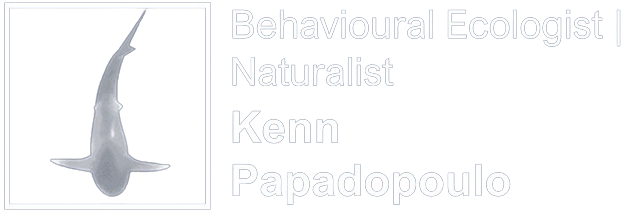Projects
move

--2022-2025
Movescapes, connectivity hotspots and eco-evolutionary dynamics: protecting the functional role of predatory coastal fishes.
1 M. € – Proyectos de Colaboración InternacionaL 2022-2 (Biodiversa+).
Partners of the project: Flødevigen Marine Research Station, IIMR (Norway) | CRIOBE Research Unit, CNRS (France) | Fisheries, Biodiversity and Conservation Research Group, CCMAR – University of Algarve (Portugal) | Department of Ecology and Marine Resources, IIM-CSIC (Spain).
Coordinator: Esben Moland Olsen (IMR).
PI:Alexandre Alonso-Fernández (IIM-CSIC).

The Project
Larger predatory fish are vital components of marine ecosystems, serving essential functional roles and holding significant socioeconomic value. Positioned near the apex of the food chain, these species wield considerable influence on ecosystem dynamics through trophic cascades. Their capacity for extensive travel enables them to act as pivotal connectors between ecosystems, facilitating nutrient transfer and carbon sequestration. Furthermore, their specialized behavioral strategies, including habitat preferences and foraging tactics, profoundly shape their functional roles within the ecosystem. From an evolutionary standpoint, this individual variability provides the basis for natural selection processes. However, understanding and conserving these behaviors present significant challenges due to their occurrence across various spatial scales.
The current network of European marine protected areas (MPAs) predominantly comprises small, isolated units covering limited areas, particularly those shielded from fishing activities. Such small-scale MPAs may inadequately safeguard the mobility and ecological fitness of these predatory fish, potentially influencing contemporary evolutionary trajectories and impacting ecological processes and fisheries resources. MOVE aims to evaluate the movement patterns, or “movescapes,” of coastal predatory fish, encompassing their entire spectrum of movement behaviors and ecological connections. This assessment will inform the development of more effective MPA networks tailored to meet the conservation needs of these species.

Figure. Map of the countries involves in the MOVE project.




